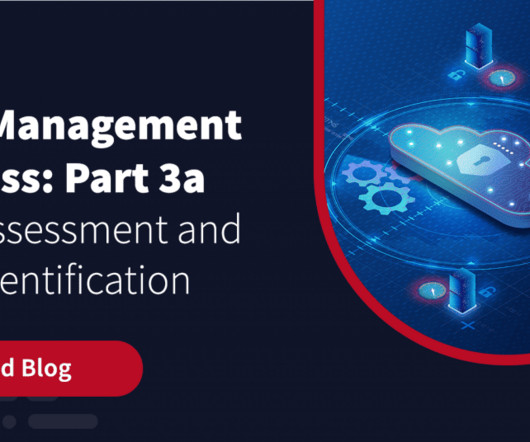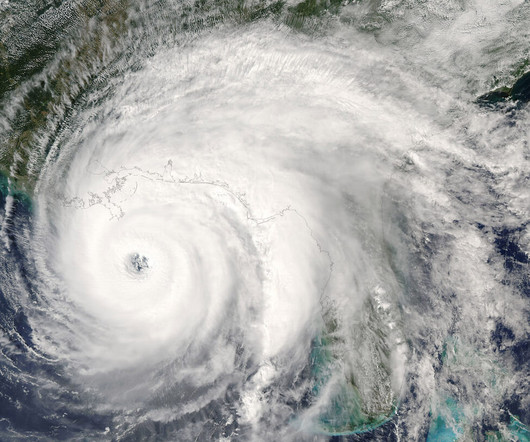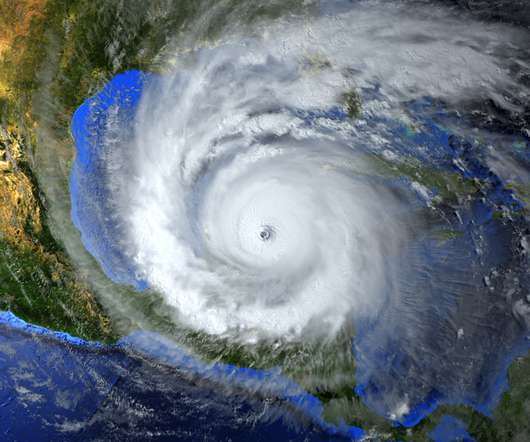Business Continuity and Risk Management
BCP Builder
FEBRUARY 1, 2024
What is the relationship between Business Continuity and Risk Management? The relationship between Business Continuity and Risk Management depends on the organization. In most cases, Business Continuity is a sub-domain of Risk Management. This allows them to proactively develop pragmatic strategies to mitigate the risk.


































Let's personalize your content